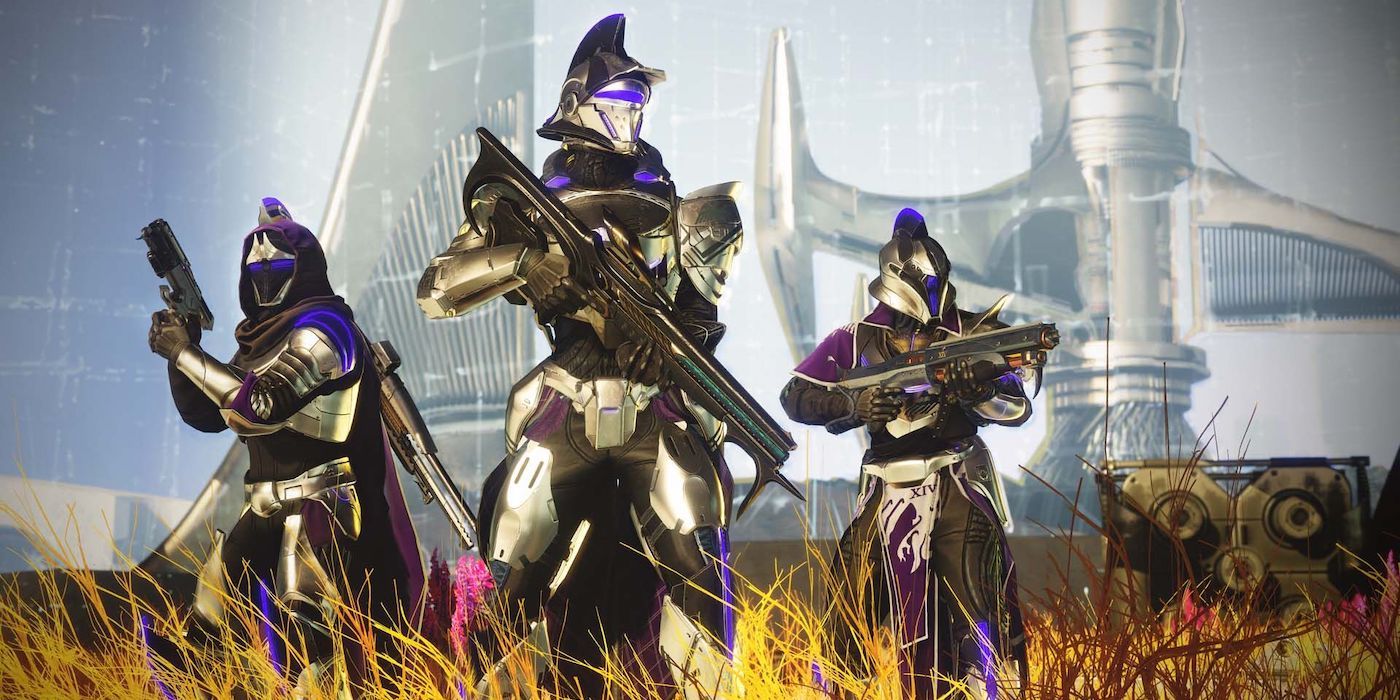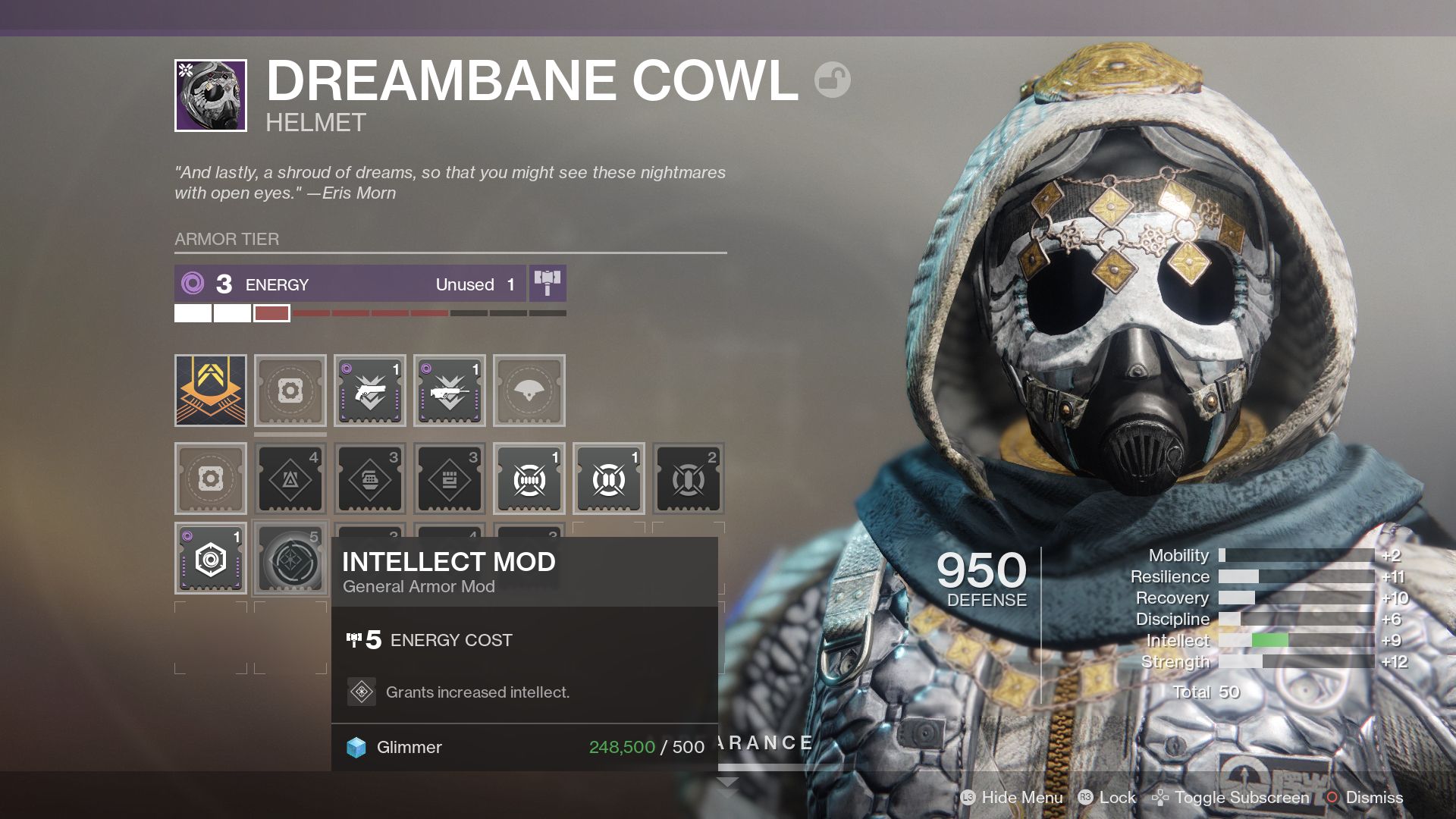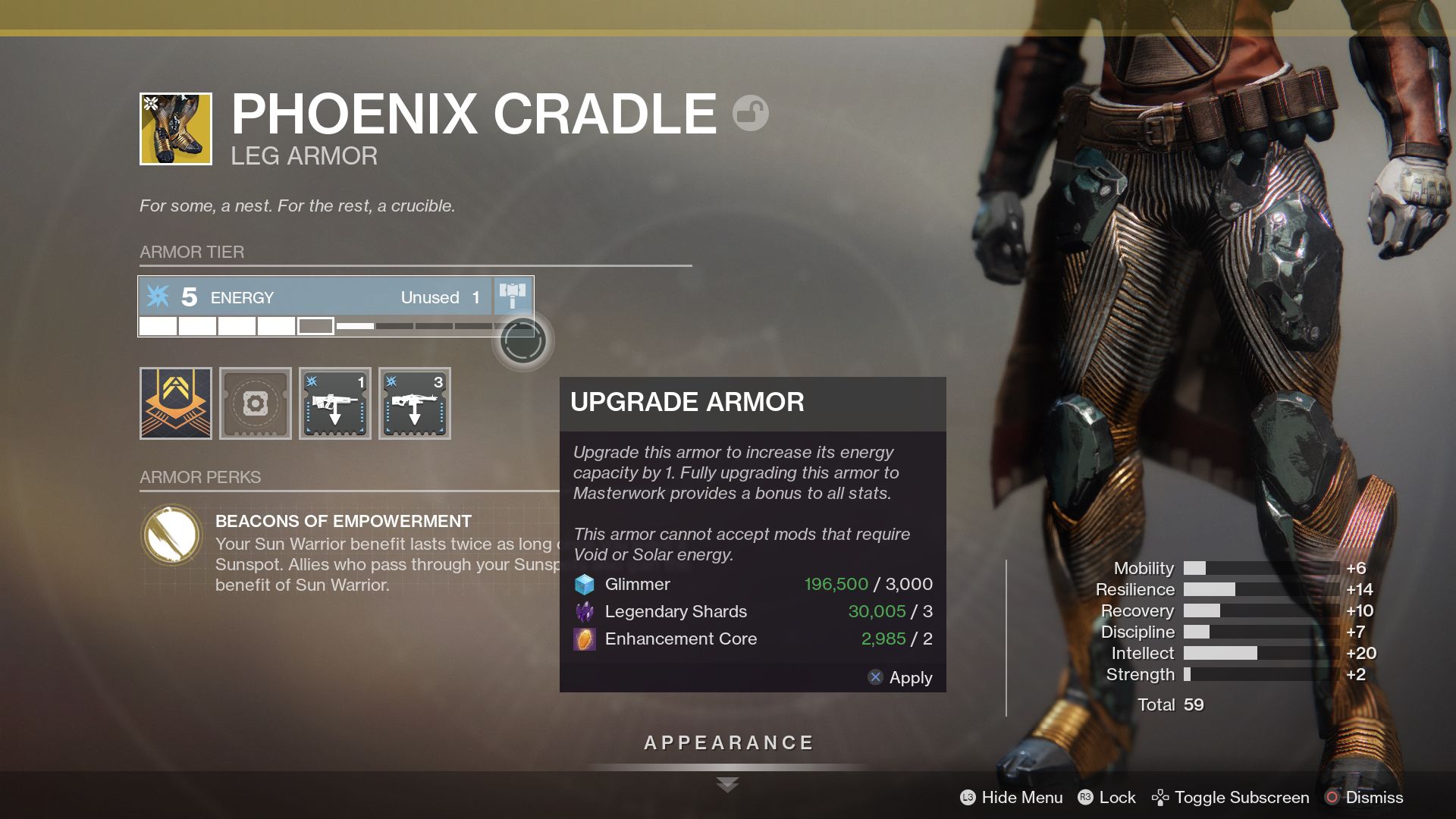One of the most impactful changes to come to Destiny 2 alongside the Shadowkeep expansion and Year 3 was Armor 2.0. It has changed the gear game considerably and served as the solution to many issues players leveled at how armor had been working in the first two years of the game. However, after getting plenty of hands-on time with the system since it launched in October 2019 and going through a full seasonal transition from the Season of the Undying to the current Season of Dawn, the negatives of Armor 2.0 are starting to show.
By no means is Armor 2.0 a bad system. On the contrary, it is actually quite good and what Bungie delivered right off the bat to start Year 3 was a positive step forward for Destiny 2. But Armor 2.0 still needs work to get just right, and hopefully, Bungie can use its current state as a foundation to build on to make it even better in seasons to come.
To give credit to Armor 2.0, it has introduced the ability to put together builds in the game much more than ever before. With its mod slot system, especially as it pairs with the new seasonal artifact, Armor 2.0 gives more freedom than before to tailor gear specifically to a player's liking, even if it has resulted in some broken Destiny 2 builds. It decreases RNG when it comes to getting an armor piece with a specific set of perks a player is looking for (albeit one of the system's flaws is adding back more RNG — more on that in a minute). And with the addition of universal ornaments, players have more choice of their characters' appearance than ever before. But as mentioned, for all the good Armor 2.0 is doing, there are still a few key places it should improve.
Elemental Affinity
While Armor 2.0 first seemed like it would drive down the RNG of getting a good set of armor because of its ability to slot mods instead of coming with set perks, in reality, Armor 2.0 added factors that actually increase the RNG for getting top-tier armor. One of those factors is adding an elemental affinity to Armor 2.0 and assigning certain mods to each affinity. In some cases, that means players may need a full set of armor of each element — void, arc, and solar — to keep their options open and to be able to slot in the mods they want to match to support the types of weapons they want to use.
Further, elemental affinity has resulted in a decrease in build diversity instead of an increase. Because weapon dexterity, reloader, targeter, etc. mods are tied to specific elements, it naturally encourages players to pair certain weapons that share the same mod elemental affinity instead of mixing and matching weapons and playstyles.
Seasonal Mod Slots
The problems with elemental affinity are compounded when seasonal armor and mods are added to the picture. Armor that is tied to a specific season comes with a special seasonal mod slot, which works with the unique armor mods for that particular season. Previous seasons' armor does not work with the current season's mods and vice versa, so this creates a situation where players will have to constantly chase entirely new sets of armor each season to replace the last sets they used in the previous seasons.
Not only does RNG come into play, but to fully masterwork a piece of armor is very expensive to do when it comes to resources, so if players are trying to get full elemental sets of each season's armor and masterwork it to take the fullest advantage, the situation quickly snowballs into more and more grind just to get armor and materials to upgrade that armor.
The need to hold onto multiple sets of armor per season also creates a space issue, with many players experiencing that they are running out of space on their character and in the Vaults to hold all this armor across just a couple seasons with this new armor system in place.
Stats
It is also worth mentioning that each armor piece now comes with a randomly rolled assortment of six stats: Mobility, Resilience, Recovery, Intellect, Discipline, Strength. While the RNG associated with randomly rolled stats is a major part of Armor 2.0 and it is not necessarily a problem in of itself, this is again another element of RNG that is added on top of elemental affinity and seasonal armor sets, decreasing the chance that players can get a piece of armor that checks the boxes they're looking to fill.
Exotic Armor
Perhaps the downside of Armor 2.0 is exotic armor. The problem here is that exotics have an elemental affinity, no seasonal mod slot, and are subject to random stat rolls. Add that to the fact that exotics are rare, and now players have even less chance than legendary pieces that the exotic that most complements their build or is their favorite exotic in the game is not as strong or relevant in their loadout. With legendary armor, players can grind for multiple pieces to get a better roll, but that becomes much harder to do when it comes to exotics.
There is undoubtedly a ton of factors that need to be juggled to make a system like Armor 2.0 work, and Bungie likely dealt with a lot of these issues while developing Armor 2.0. The current system is the best solution to those problems Bungie could create, but as time goes by, hopefully, Bungie can continue to iterate on Armor 2.0 and make it even better.
Destiny 2: Shadowkeep is available now for PC, PS4, Stadia, and Xbox One.



